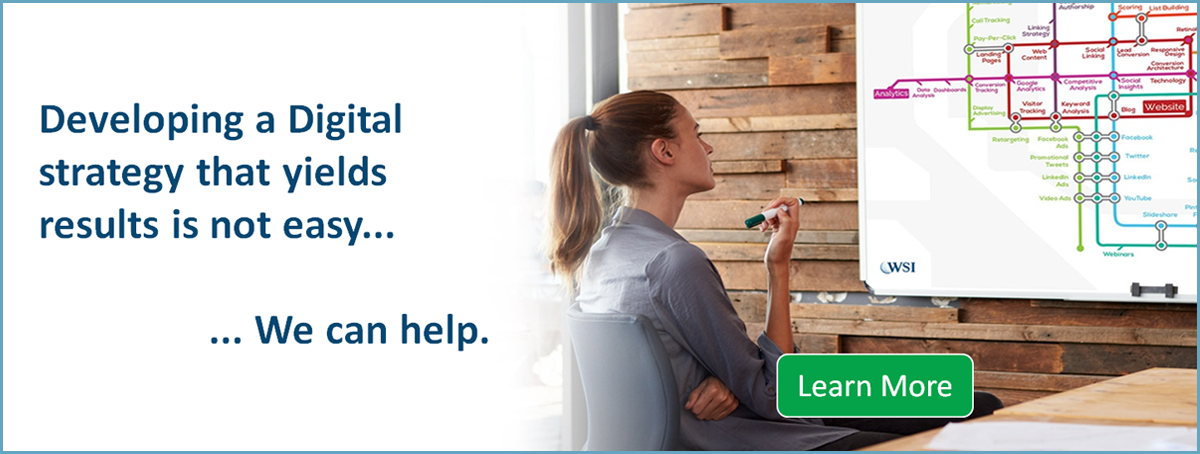Your customers may not always want to talk to a human, but they do want a human-like connection where they can get answers to their questions quickly. They don’t want to have to fill out a form with their email address and phone number so they can be assigned a stage in your marketing funnel and wait for a time that suits you to call them back!
“Conversational marketing is a one-to-one approach to marketing that companies use to shorten their sales cycle, learn about their customers, and create a more human buying experience.” – Drift
Sometimes marketers can be too focused on processes and driving conversions that they forget that customers want to be treated like an individual and not a number in a (CRM) system.
Conversational marketing aims to create a more human buying experience while enabling you to have more direct conversations with your prospects.
Using AI and chatbots in conversational marketing
Chatbots may not be the first things that spring to mind when we talk about creating a more human buying experience. How can you be more human by using something that is definitely not a human?
“Even when you are marketing to your entire audience or customer base, you are still simply speaking to a single human at any given time.” – Ann Handley
Think about it this way. When we aren’t talking to someone face-to-face, how do we normally communicate with them? These days, we mostly send texts or use messaging apps, like WhatsApp, and Facebook Messenger.
The way we use these apps mimics the way we have face-to-face conversations. The conversations are short –– often only a couple of words –– with none of the formalities of email.
The same applies to chatbots: the aim is to make it seem like a customer is talking to human even when they are chatting to a bot.
Why has the Chatbot suddenly become so popular?
Ultimately the buying Journey has changed.
When we think about Marketing, the majority of the effort is typically spent attracting new customers into the top of the funnel. Once they are in a company’s sales funnel it is hoped that they will find whatever they are looking for and in a process of self selection they will pop out at the bottom of the funnel as new customers.
Sometimes its not that easy.
-Chatbot Marketing Blogs-
Google looked at thousands of users’ click stream data from a third-party opt-in panel. They found that no two journeys are exactly alike, and in fact, most journeys don’t resemble a funnel at all.
“Digital technology and mobile devices have put people in control. We all now expect an immediate answer in the moments we want to know, go, do, and buy.
And all of these intent-rich moments are creating journey shapes as unique as each of us. In many ways, intent is redefining the marketing funnel.” – Google
This effect is amplified when we consider Millennials and Generation X. These customers are choosing to engage with brands that are Relevant, Helpful and Personal. With the customer firmly front and centre in this new model, there is greater demand for Personalisation and Immediacy.
Customers are demanding attention right now.
According to a 2017 report conducted by Ubisend, 69% of consumers would use a chatbot before engaging with a human, as consumers would prefer to receive an immediate answer.
And what better way to give them attention than to give them access to a personal assistant that’s available 24 hours a day, 365 days a year – Enter the Chatbot!
How does this work in practice?
You can use chatbots to provide instant answers to commonly asked questions. If the customer needs more help than your chatbot can provide, you can allow them to book a follow-up appointment through the bot.
Consumers are definitely ready for chatbots. According to research, consumers feel chatbots are 35% better at answering both quick, and complex questions than applications, while 69% prefer chatbots for quick communication with brands.
This frees up your sales and support staff to focus on the more complex problems that can’t be solved by a chatbot. In fact, our research suggests that chatbots could cut business costs by $8 billion by 2022.
Although cost is a significant driver, brands with the philosophy of “How can I help you more”, NOT “How can I sell you more” will be the big winners.
Adapt the conversations to your business
The way you should use chatbots depends on the unique needs and situation of your business and customers. To define the ways that your chatbot should behave, and the type of actions it can take, you need to refer back to your buyer personas, and the actions your typical buyers commonly take.
It can also help to gather as much information as you can from your sales and support staff about the questions they are commonly asked by customers so you can get an idea of the problems your target audience are facing. Once you have that information, you can use it to program your chatbot.
One of the best ways of determining how you can program the chatbot to match these actions is to create a diagram that maps the flow of each possible conversation you can have with customers. You can add in conditional flows, where if a visitor answers “yes” or “no” to specific questions, they will be directed to a page on your website or asked if they would like to make an appointment on an automated calendar.
If you use chatbots, you can also set up alerts that are sent to your sales and support to let them know that a customer is having a conversation with your chatbot but needs human assistance.
To further tailor your chatbot to your specific business and customer needs, you can set up advanced triggering. This means that your chatbot will only appear at certain times, on certain pages, or to a specific segment of customers.
Just like any other marketing tactic, make sure you continually monitor customer interactions with your chatbot so you can optimize its functionality.
Why we built our own chatbot
At WSI, we built a chatbot to meet the needs of our target audience based on the customer’s behaviour on our site. We found that a lot of business executives were visiting our website at the weekend to research marketing techniques and best practices.
To make sure we could capitalise on website visits while we weren’t in the office, we built a chatbot that could answer commonly asked questions, as well as schedule follow-up appointments.
Often, these marketing executives wanted to speak to a consultant to get advice on digital marketing, but they needed more guidance on the correct strategy to take. Based on this information, we programmed our chatbot to initially offer broad reaching options so we could help guide these executives down the right path.
The ultimate aim of using chatbots for conversational marketing should be to improve the customer’s user experience, not sell to them or try to immediately push your services. Don’t use chatbots in the same way as you would pop-ups.
Saying that, if you have implemented and programmed your chatbot in a way that is genuinely helpful, then it should lead to an action by the customer.
At WSI, we’ve found implementing a chatbot on our website has been a real game changer when it comes to interacting with customers. With this first-hand knowledge, we’re well positioned to help you take advantage of conversational marketing to provide a better experience for all your website visitors.
Go ahead and give it a test drive! -Its on the bottom right corner on every page.






Stay Connected